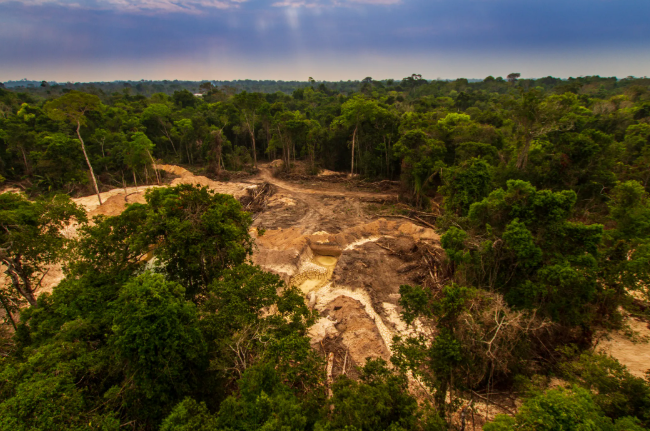Nickel Mining Impacts: Far Worse than Thought
A recent Nature study titled “Biomass carbon emissions from nickel mining have significant implications for climate action” reveals that current research and database metrics vastly underestimate the environmental impact of nickel mining. Specifically, the study found that the land use associated with nickel mining has been understated by a factor of 4 to 500. This … Read more

